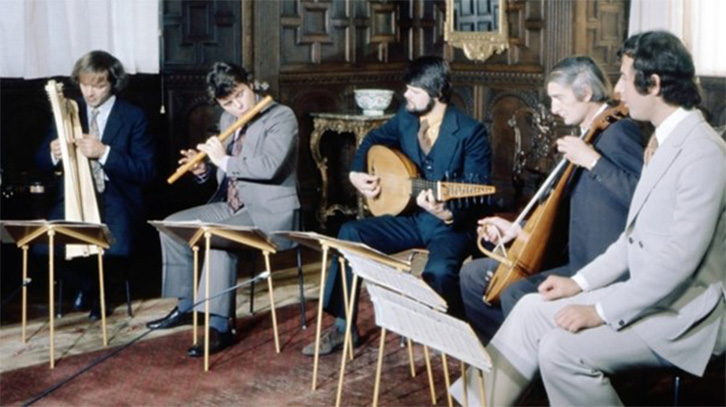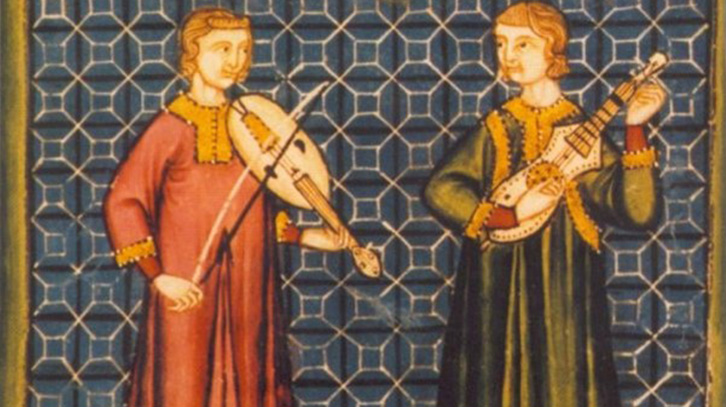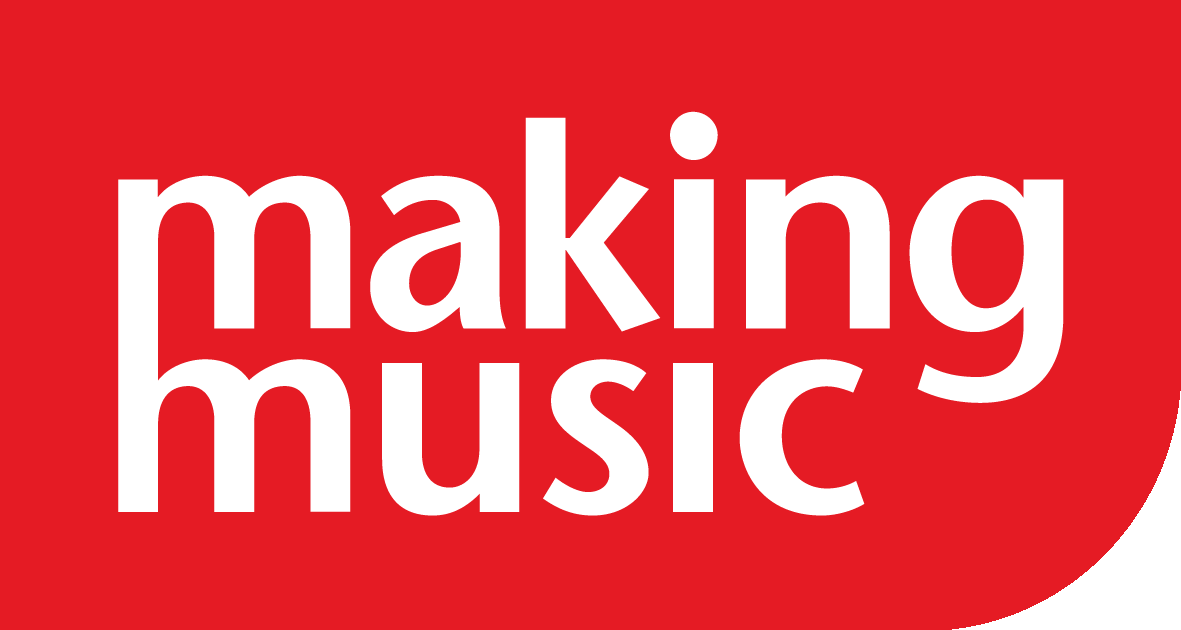An introduction to: Early music
We've looked at many types of genres in our 'An introduction to' series, but now it's time to go back in time, all the way to the rise of Early music. What is Early music? How is it different from classical music? Can you still play Early music today? John Bryan gives us an overview.
Early Music in London
Early music first hit the headlines in the late 1960s and early 1970s through the work of David Munrow and his Early Music Consort of London. Their concerts and recordings brought European medieval, renaissance and early baroque music to a wide audience, with a special focus on the many different instruments that Munrow played and popularised through his BBC broadcasts.

David Munrow (flute) and the Early Music Consort of London
What is Early music?
For many people, then, ‘early music’ means music from the 12th to 17th centuries. Before that, musical notation was not precise enough for it to be interpreted accurately today (it was really an aide memoire to remind musicians of tunes they had already learned by ear). Music from after 1650 (including Purcell, Bach and Handel) had not completely dropped out of fashion in the way that earlier repertory had done, so didn’t seem to need the sort of restoration ‘early musicians’ had achieved in less familiar music.
But since the late 1970s performers realised that baroque, classical and romantic music could also benefit from an ‘early music’ approach, using instruments and performance styles from the time the music was written rather than later ‘modern’ traditions. There have been many revelatory performances, for instance of Beethoven symphonies using gut-strung violins and cellos, timpani with calf-skin heads and wooden sticks and trumpets without valves, all of which recreate a lost vibrant and colourful sound world.
Medieval music
Most surviving medieval music is vocal, from masses and motets for church to love songs and depictions of everyday activities such as hunting. But for many the real interest in medieval music is the wide range of different instruments we see depicted in sculptures, paintings and book illustrations: long trumpets, bagpipes, pipes and tabors, harps, lutes and bowed fiddles of many different shapes and sizes. Part of the attraction of ‘early music’ is wondering what they all sounded like. Church music was largely unaccompanied, or used the organ, but secular pieces can effectively combine instruments with voices, and there is also some surviving dance music.

Medieval fiddle and gittern from the 13th century Cantigas de Santa Maria of Alfonso X of Castile
Listen to a performance of 'Cantigas de Santa Maria' by L'Ensemble Apotropaïk on YouTube
Renaissance music
There was a revolution in instruments around 1500 which saw them being built as ‘consorts’ (different sizes of the same type of instrument, imitating the variously pitched voices in a choir, from soprano to bass). There were consorts of violins and viols (bowed string instruments), recorders, sackbuts (trombones), shawms (loud double-reed instruments) and crumhorns (also with double-reeds, but with a buzzing tone). While some of these died out, others went on to become members of the modern orchestra. Much renaissance music is contrapuntal (each ‘voice’ is independent, equal in status to the others, and often uses the same melodic material in overlapping layers of sound).
Listen to the Rose Consort of Viols perform a six-part consort from c.1560 on YouTube
Baroque music
Around 1600, particularly in Italy, a new style grew up which was less contrapuntal and more concerned with a clear melodic upper ‘voice’ accompanied by a basso continuo provided by a harpsichord or large lute (theorbo or chitarrone). New types of music followed, leading to the creation of opera, oratorio and cantata, as well as a wealth of solo, chamber and orchestral music for instruments.
What all this ‘early music’ has in common is a wonderful sense of discovery: performers bringing to life music that might have remained unperformed for hundreds of years, or familiar music performed with new approaches to sonority, tempo and ornamentation, all based on historical research into instruments and playing techniques, usually with a fresh sense of spontaneity.
How do I get involved?
To find a performance near you, check our events calendar. To find an Early music group in your area, try our Find a group tool and filter by 'Main Repertoire - Early Music'.
John Bryan plays with the Rose Consort of Viols, is an Artistic Adviser to York Early Music Festival, lectures and leads workshops on music from the late Middle Ages to the early baroque. He is an Emeritus Professor of Music at the University of Huddersfield.
We hope you find this Making Music resource useful. If you have any comments or suggestions about the guidance please contact us. Whilst every effort is made to ensure that the content of this guidance is accurate and up to date, Making Music do not warrant, nor accept any liability or responsibility for the completeness or accuracy of the content, or for any loss which may arise from reliance on the information contained in it.

